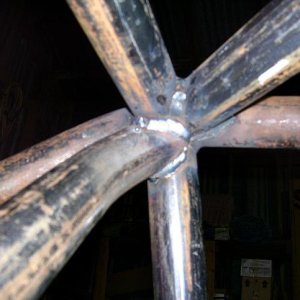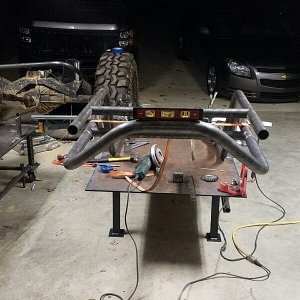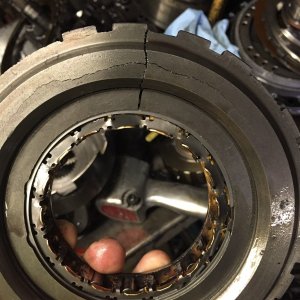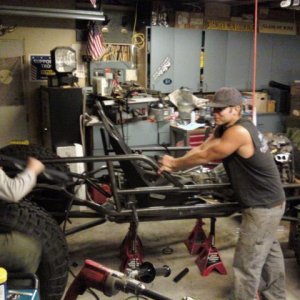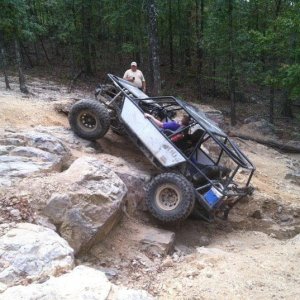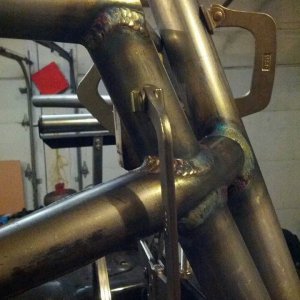When I speak of speed I am speaking relatively. A 2.5 will always be faster than a 3 using the same orbital.
That means the ram should be matched to the orbital. But there is an upper limit to how much fluid a pump can supply. You can't just say "I'm going to use a 5" dia. ram, I'll just get an orbital to make it half a turn lock to lock and there will be world peace," because the pump has to be able to supply the orbital as fast as the orbital is demanding or there will be a lag in the system. I can tell you right now that there are very few pumps on the market capable of supplying a 3" ram enough fluid to go through 8-10" of shaft stroke in 2-3 turns of just about any orbital that is commonly available / affordable to us. In addition, it is a waste to have a ram that is bigger than you need even if you can turn it fast enough. All that extra force robs horsepower at the crank, generates needless heat that you have to dissipate, and isn't realized at the steering wheel. If it only takes 3000 lbs to turn your tires you're not going to care that you have 10,000 on tap to do it. The system only builds pressure until the tires move at which point it self-regulates. With a 3" ram you might have 10,000 lbs of force potential and only ever actually use 3000 of it. And then most guys will skip out on seatbelts, padding, suspension seats or some dumb **** because they had to save money for their steering. DUMB!
Unless your rig weighs like 10,000 lbs with 49"+ rubber 3" rams are a waste.

